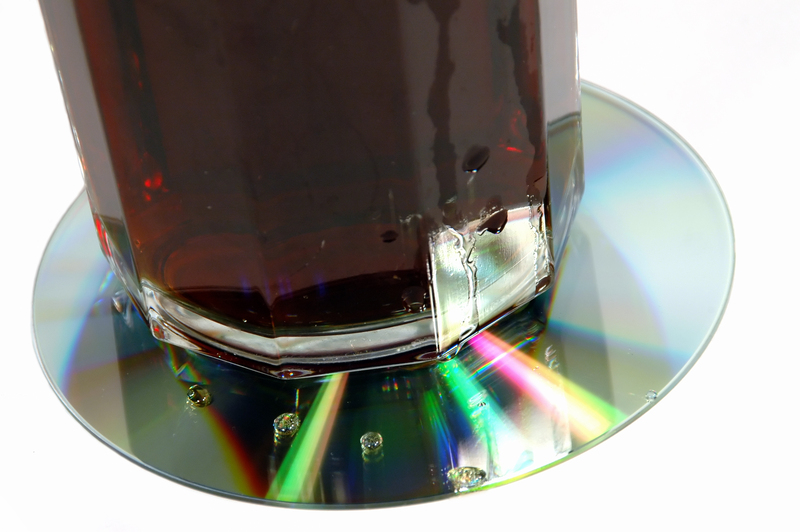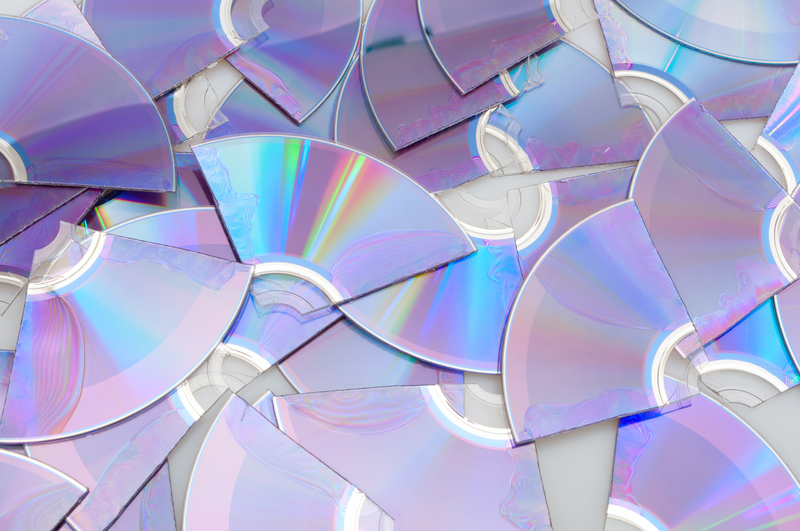Green Solutions for Recycling Your Used Cookware
Are you looking for eco-friendly solutions to dispose of your old pots, pans, and cookware? With growing environmental concerns and an increased focus on sustainable living, recycling your used kitchenware is more important than ever. In this comprehensive guide, we'll walk you through green ways to recycle cookware, provide practical tips, and highlight the environmental benefits of responsible cookware management.

Why Should You Recycle Your Used Cookware?
Old cookware is often made from materials that don't decompose naturally in landfills. When tossed in the trash, these items contribute to waste accumulation and environmental harm.
- Non-stick coatings can leach chemicals
- Metals like aluminum and stainless steel can take hundreds of years to break down
- Plastic handles often contain non-recyclable elements
Instead, recycling cookware responsibly helps conserve resources, reduces environmental impact, and supports a circular economy.
Which Materials Are Found in Cookware?
Understanding what your old pans are made of is essential before choosing the right recycling path. Common types of cookware materials include:
- Stainless Steel
- Aluminum (including anodized and non-stick)
- Copper
- Cast Iron
- Ceramic and Glass
- Non-Stick (Teflon-coated)
- Enamel-Coated
Pro Tip: Each material requires a different recycling approach.
How to Prepare Old Cookware for Recycling
Before sending your pans, pots, and other cookware items for recycling, take these preparatory steps:
- Clean thoroughly: Remove all food, oils, or residue. Most recyclers require items to be clean.
- Separate materials: If possible, dismantle the cookware so that metal, plastic, and rubber are separated.
- Remove non-recyclable pieces: Take off plastic or wood handles that may not be accepted.
Eco-Friendly Options for Recycling Your Used Cookware
Let's explore environmentally friendly ways to recycle or reuse old cookware:
1. Metal Recycling Centers
Metal recycling facilities accept a wide variety of cookware, especially if it's made from stainless steel, cast iron, aluminum, or copper. These centers melt down the metal and reuse it for new products.
- Call ahead: Always verify which materials they accept, especially for non-stick or coated cookware.
- Scrap value: Some centers offer small payments for metals by weight.
Fun fact: Recycling aluminum saves up to 95% of the energy required to produce new aluminum!
2. Manufacturer Take-Back Programs
Certain cookware brands run take-back and recycling initiatives, aiming to close the loop on their manufacturing cycles. Check with your cookware's manufacturer--many offer mail-in or in-store collection services for their products.
- Brands like GreenPan, Le Creuset, and Calphalon have specific programs
- Contact customer service for packaging and shipping instructions
3. Donation and Secondhand Stores
Not all old cookware needs recycling--if your pots and pans are still usable, consider donating to local charities, shelters, or thrift shops. Even slightly scratched pieces can find new life where resources are scarce.
- Goodwill and The Salvation Army accept gently-used kitchenware
- Community kitchens and food banks are often grateful for large pots or pans
4. Creative Upcycling and DIY Projects
For those who love craft and creativity, upcycling your cookware is a fun and green solution. Transform old pans into:
- Planters for herbs or flowers
- Wall clocks or decorative art
- Hanging storage solutions
- Bird feeders or baths
Pro Tip: Share your DIY creations online to inspire others!
5. Local Curbside Recycling Programs
Some municipalities accept certain cookware types (mainly metal pots and pans) in their curbside recycling collection. Check your local recycling guidelines--non-stick coatings may be a concern and not accepted everywhere.
- Look for symbols on your cookware (e.g., recycling logos)
- Contact local authorities for clarification before including cookware in household recycling bins
6. Specialized Recycling Facilities
If your cookware includes non-stick surfaces, ceramics, or mixed materials (like glass lids with metal rims), look for specialty recyclers. These facilities are equipped to process complex or hazardous materials that standard centers cannot.
- Teflon and PFOA-coated pans often require special handling
- Broken glass or ceramics must not go in regular glass recycling bins
What About Non-Recyclable Cookware?
Sadly, some cookware cannot be recycled due to coatings, mixed materials, or damage. Here's what you can do instead:
- Repurpose as tools: Old pots can hold small garden tools or be used for storage in sheds and garages
- Donate to animal shelters: Some shelters use old cookware to prepare food or serve water
- Dispose responsibly: If all else fails, wrap sharp edges and dispose of in accordance with local regulations
Environmental Benefits of Recycling Cookware
By choosing green solutions for old cookware, you actively help:
- Reduce landfill waste: Metal and glass can be recycled many times without losing quality
- Save energy: Using recycled metals slashes energy use and emissions
- Support sustainable manufacturing: Demand for recycled materials promotes greener products
How to Find Green Recycling Programs in Your Area
Not sure where to start? Finding recycling solutions for cookware is easier than you think:
- Check Earth911.com: This searchable database lists recycling centers by zip code and item type
- Ask your local waste management office about bulk or metal recycling days
- Visit municipal recycling websites for guidelines and pickup schedules
- Contact cookware brands for mail-back or take-back programs
Frequently Asked Questions About Recycling Used Cookware
Can I Recycle Non-Stick Cookware?
It depends. Some non-stick coatings can contaminate recycling streams. Check with your recycling provider; some specialized facilities might accept Teflon-coated pans.
Are Ceramic and Glass Pots Recyclable?
Most curbside programs do not accept ceramic or glass cookware due to their high melting points and risk of contamination. Look for special drop-off locations or upcycle them creatively.
Can I Put My Old Cookware in the Blue Bin?
Usually, no. Most household recycling bins don't accept cookware because of mixed materials and coatings. Use local drop-off centers or specialized recycling programs.
What Should I Do With Broken or Damaged Cookware?
If it can't be recycled, try giving it a second life as a garden planter, DIY art piece, or organizational tool. As a last resort, dispose of it according to your local waste regulations.
Why is Recycling Cookware Better Than Throwing It Away?
Recycling conserves resources, reduces pollution, and limits landfill waste. It supports a greener, more sustainable future by keeping usable materials in circulation.

Bonus Tips For Sustainable Kitchen Management
- Buy high-quality cookware that lasts for years, reducing waste
- Choose eco-friendly brands committed to sustainability
- Take care of your cookware to extend its life
- Repair instead of replace when possible (e.g., replace handles, seasoning cast iron)
- Host a cookware swap in your community or through local online groups
Conclusion: Make Green Choices with Your Used Cookware
Recycling and repurposing your used pots, pans, and kitchenware is one of the simplest and most effective ways to support a healthier planet. Whether you drop off at a metal recycling center, donate to a local charity, or get crafty with upcycling, every effort helps reduce waste and conserve resources.
By embracing green solutions for your used cookware, you become a part of the movement for sustainability and environmental stewardship--one meal at a time!
Ready to make your kitchen eco-friendlier? Start recycling your old cookware today!
```